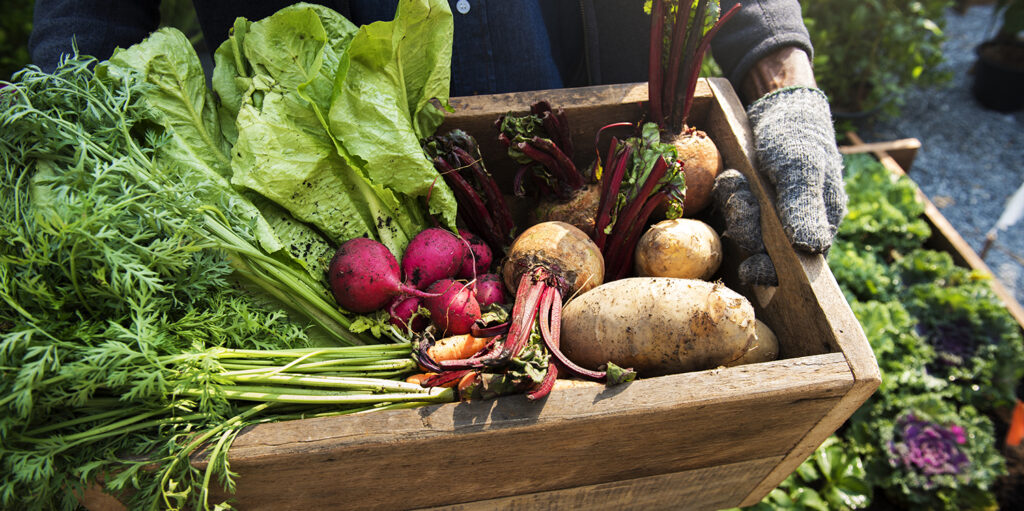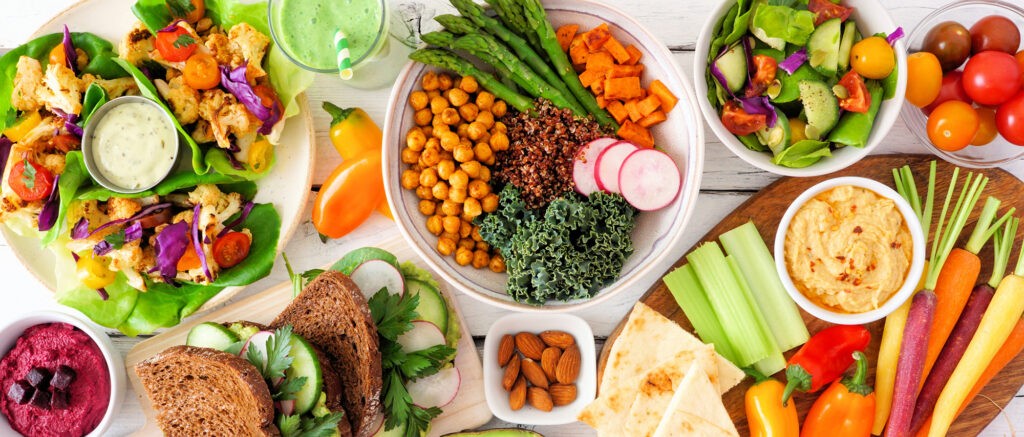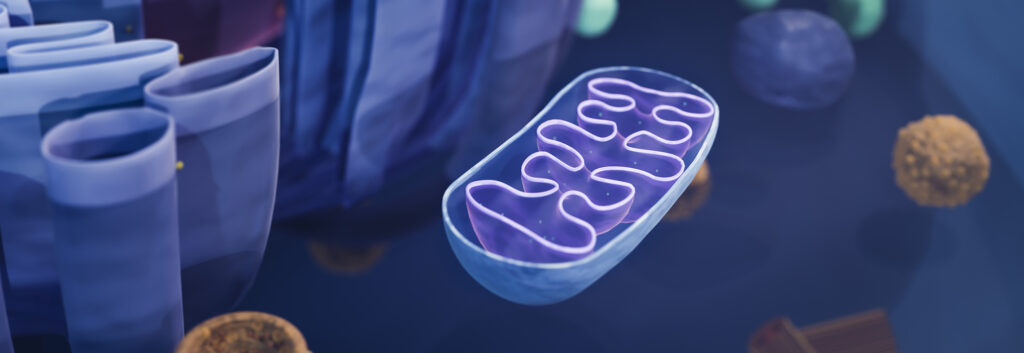Risk Factors for Chronic Obstructive Pulmonary Disease

Risk Factors for Chronic Obstructive Pulmonary Disease “Breathing is the greatest pleasure in life.” – Giovanni Papini Chronic Obstructive Pulmonary Disease (COPD) is a serious lung condition that gradually makes it harder to breathe. It’s a major health issue and one of the top causes of death globally. In this blog, we will explore the […]
Beyond Genes: A Fresh Look at Cancer and the Metabolism Connection

Beyond Genes: A Fresh Look at Cancer and the Metabolism Connection “You beat cancer by how you live, why you live, and in the manner in which you live.” Stuart Scott When we hear the word cancer, many of us imagine something mysterious going wrong deep inside our genes — like a code written in […]
Healthy Mitochondria Tips

“There is no amount of healthcare dollars that will improve our collective health status in the United States unless they are focused on mitochondrial health.” Casey Means, M.D. Ever wonder what keeps your body’s engines running smoothly day in and day out? Meet your mitochondria – the tiny yet mighty powerhouses of your cells! These little […]
Mind Matters: Navigating the Landscape of Mental Health

Mind Matters: Navigating the Landscape of Mental Health “Mental health needs a great deal of attention. It’s the final taboo and it needs to be faced and dealt with.” Adam Ant Imagine waking up each day feeling like you’re carrying an invisible weight. You smile, go to work, interact with friends, but inside, there’s a […]
Understanding GLP-1: The Friendly Guide to a Powerful Hormone

Understanding GLP-1: The Friendly Guide to a Powerful Hormone “A pure heart and mind only take you so far – sooner or later the hormones have their say, too.” Jim Butcher Tweet Did you know that Glucagon-like Peptide 1 (GLP-1) is a superhero hormone in your gut? It helps control your blood sugar and keeps […]
Importance of Mitochondria for Overall Health

Importance of Mitochondria for Overall Health Type 2 Diabetes, Cardiovascular Disease, Neurodegenerative Diseases… there are so many chronic illnesses tied to poor mitochondrial function. Mitochondria are the power plants of our cells; they take the food we eat and turn it into energy called ATP. But they do more than just produce energy – they […]
Introducing the 30-Point Plant System to Power our Gut Microbiome

Introducing the 30-Point Plant System to Power our Gut Microbiome “There are no incurable diseases if one lives in harmony with nature.” Ann Wigmore Tweet Did you know that your gut microbiome is home to trillions of bacteria that play a crucial role in your health? With over 70% of your immune system residing in […]
Rethinking ‘Healthy’: The FDA’s New Definition

Rethinking ‘Healthy’: The FDA’s New Definition ‘Let food be thy medicine and medicine be thy food.’ Hippocrates Tweet Imagine walking through a grocery store, picking up a box of cereal labeled “healthy,” and feeling good about your choice. Now, imagine later discovering that the product is loaded with added sugars, refined grains, and artificial ingredients. […]
Powerhouses of Our Body: The Mitochondria

Powerhouses of Our Body: The Mitochondria Did you know your body is home to around 100,000 trillion mitochondria? That’s right – these tiny powerhouses are everywhere, working behind the scenes to keep you going! But what exactly are they, and why are they so important? In this blog, we’ll uncover the science of mitochondria and why […]
Chronic Kidney Disease Lifestyle Tips

Chronic Kidney Disease Lifestyle Tips “Your kidneys filter 200 liters (53 gallons) of fluid per day. Show them some love.” National Kidney Foundation Chronic kidney disease (CKD) is a growing global health concern, affecting millions of individuals worldwide. According to the National Centre for Health Statistics, CKD is responsible for 17.4 deaths over 100,000 worldwide. […]
